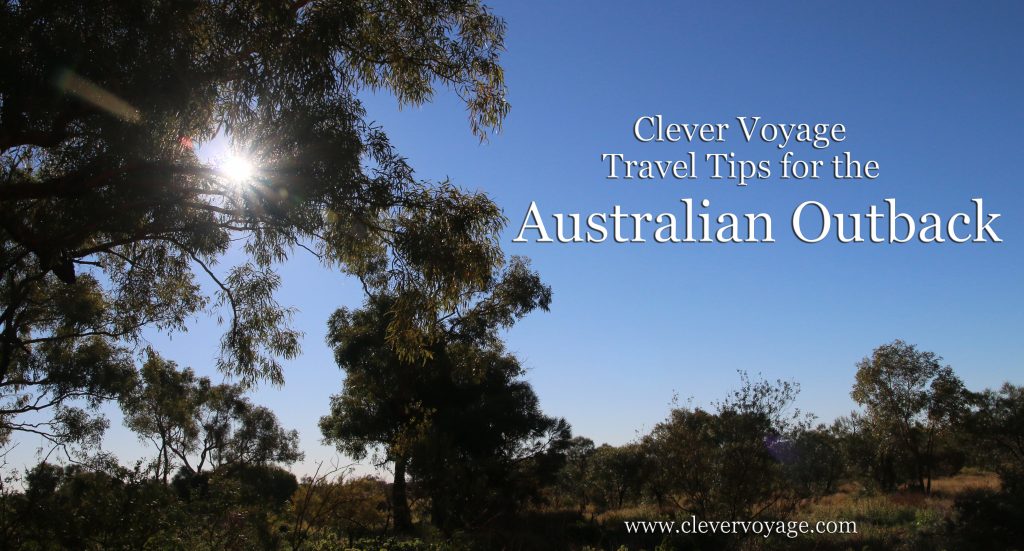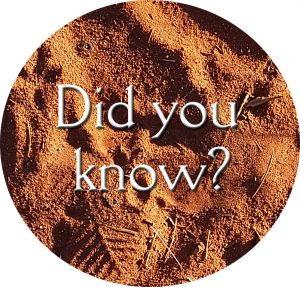Outback Australia is full of a wonderfully unique and diverse range of wildlife with over 21 species of mammals from kangaroos to small mice and dingoes. There are 73 types of reptiles from the prickly Thorny Devil to snakes and thousands of invertebrates such as ants, flies, spiders and bugs all of which can be seen and experienced around Uluru, Kata Tjuta and the resort.
Stick to these simple tips and you will stay safe and won’t attract any unwanted critters into your room
– Stay on the marked paths inside the Resort and National Park
– Keep all food in your room fridge
– Keep all doors and windows closed
– Turn balcony lights off
– Wear a fly net in summer and spring – available for purchase from the resort shops
– Wear insect repellent and reapply frequently especially in warmer months
– Don’t feed the dingoes

Beating the heat and braving the cold
Outback Australia is enormously large and areas such as Uluru and Kata Tjuta are beautiful sites but remember they are set amongst one of the most harsh environments in the world. The temperatures in the outback can vary dramatically from 3 degrees Celsius in Winter and over 38 degrees Celsius in summer. Heat exhaustion and dehydration are very real dangers in the warmer months.
Stay safe and follow these tips for a great Aussie Outback holiday
– Carry and drink at least 1 litre of water per person per hour
– Plan outdoor activity for the cooler part of the day
– Wear a hat and at least SPF 30+ sunscreen
– Wear layers of clothing and sturdy walking shoes
– In winter wear a beanie, scarf and gloves
– Check the daily weather forecast and temperatures
The best time to travel this region is in the winter months (Jun-Aug) where the temperatures are much cooler and tolerable and these months experience very little rain or storms so it is a great time to visit to get the most out of your Outback adventure.

The highest temperature recorded at Uluru: 45.5 degrees Celsius (114 degrees F)
in February 1992 and that was in the shade!




